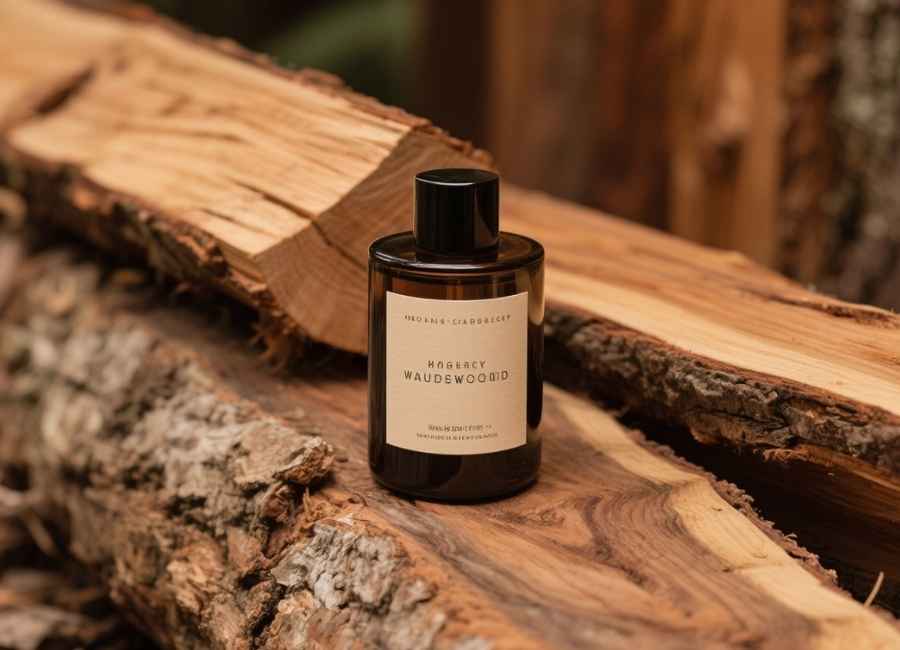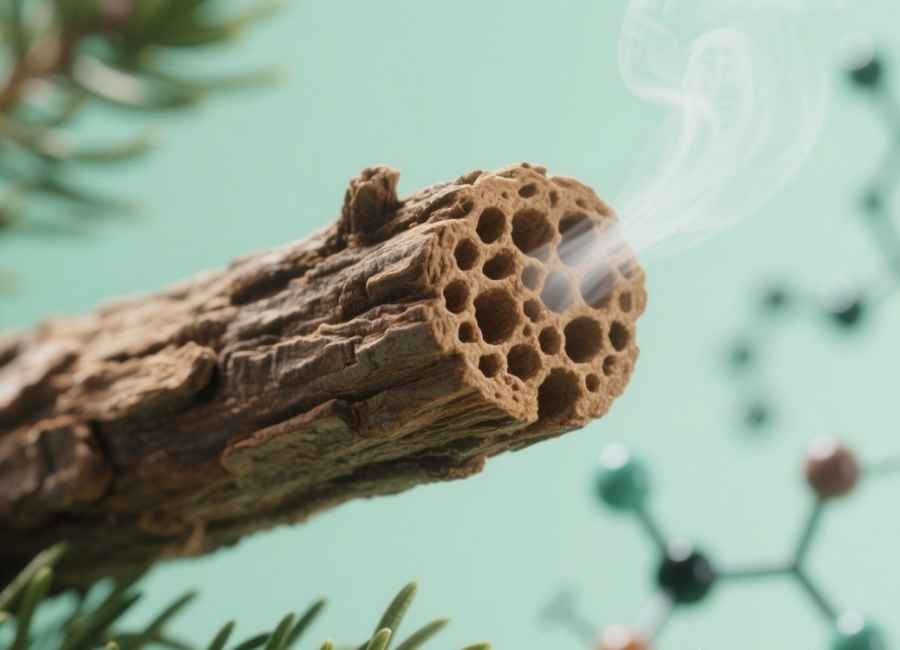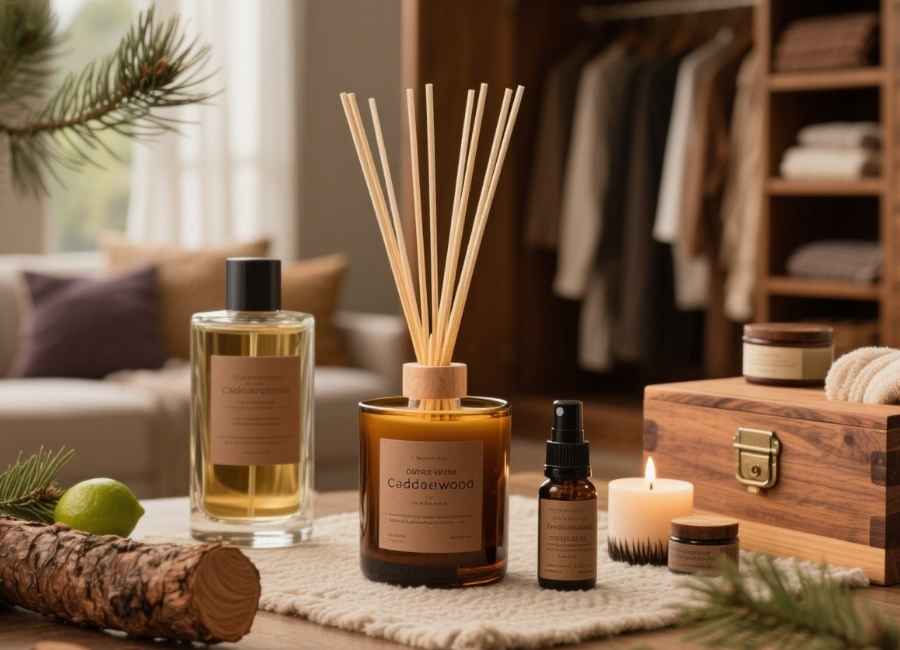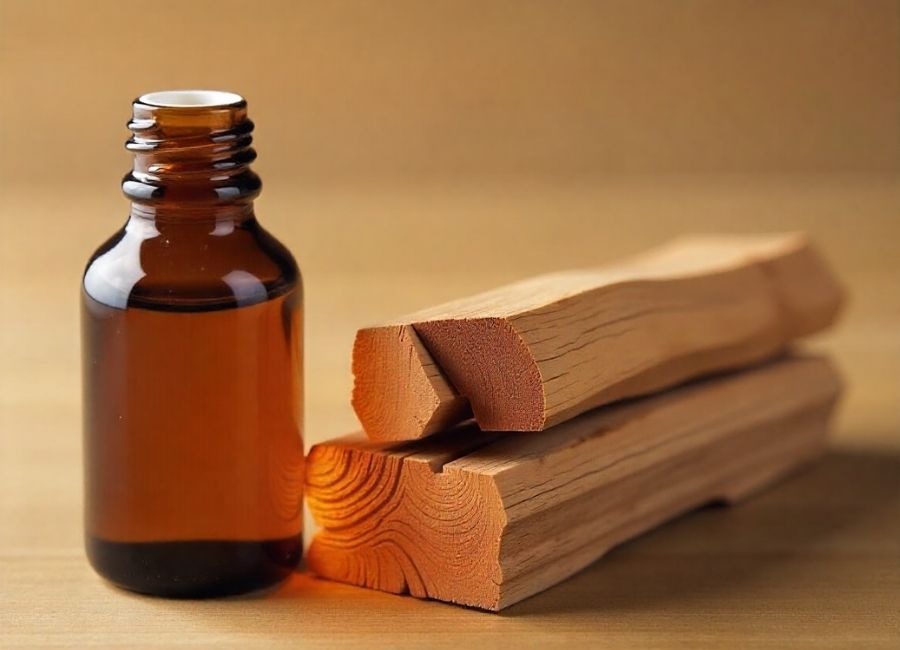Cedarwood has captivated people for centuries with its distinctive scent. Used in everything from perfumes and candles to essential oils, this aromatic wood is both grounding and sophisticated. But what does cedarwood actually smell like? If you’re curious about its unique fragrance or popularity in aromatherapy and Home care products, you’re in the right place.
In the following sections, you’ll uncover the many layers of cedarwood’s scent—its defining features, how different species compare, and what drives its lasting popularity.
The Core Scent Profile of Cedarwood
Cedarwood offers a warm, woody aroma that is both comforting and refreshing. The scent is clean and slightly sweet, with earthy undertones that evoke forest walks and mountain air.
Unlike sharper woods, cedarwood balances richness and subtlety. It doesn’t overwhelm but instead creates a calming, lingering presence, making it ideal as a base note in perfumes and for relaxing spaces.
Key Characteristics

When people describe cedarwood, several words come up repeatedly:
Woody: The most obvious characteristic. Cedarwood delivers that quintessential timber smell, reminiscent of freshly cut lumber or a wooden cabin.
Warm: There’s a cozy, inviting quality to cedarwood that makes spaces feel more welcoming and secure.
Earthy: Grounding notes connect you to nature, offering a sense of stability and calm.
Slightly Sweet: Unlike harsher woods, cedarwood has a mild sweetness that softens its overall profile.
Balsamic: Some varieties carry resinous, balsamic notes that add depth and complexity.
Fresh: Despite being woody, cedarwood maintains a clean, crisp quality that prevents it from feeling heavy or musty.
How Different Cedar Types Smell
Not all cedarwood smells the same. The aroma varies depending on the cedar species. Here’s how the most common types compare:
Atlas Cedarwood
Atlas cedarwood (Cedrus atlantica) from Morocco is known for its rich, sweet, and slightly smoky aroma. It’s warmer and more balsamic than other types, making it a favorite in high-end perfumes and aromatherapy.
Virginian Cedarwood
Virginian cedarwood (Juniperus virginiana), or red cedar, has a drier, sharper scent than Atlas cedar. It is more camphoraceous and less sweet, with a clean, medicinal quality. This type is popular for pencils and closet liners because of its moth-repelling properties.
Himalayan Cedarwood
Himalayan cedarwood (Cedrus deodara) from the Himalayas has a softer, more refined scent. It’s less intense than Atlas cedar but retains woody warmth, making it ideal for subtle fragrances.
Texas Cedarwood
Texas cedarwood (Juniperus mexicana) resembles Virginian cedarwood, delivering a robust, earthy, woody, and slightly smoky scent. It’s used in masculine fragrances and rustic Home products.
Why Cedarwood Smells the Way It Does

Cedarwood’s unique aroma comes from natural chemical compounds in the wood. These sesquiterpenes are volatile oils that evaporate at room temperature, releasing cedarwood’s signature scent.
The exact composition depends on the cedar species, but common aromatic compounds include:
- Cedrol: The primary component responsible for cedarwood’s signature woody, warm scent
- Thujopsene: Adds earthy, balsamic notes
- Alpha-cedrene: Contributes fresh, clean characteristics
These compounds not only smell appealing, but may also have therapeutic benefits. This makes cedarwood popular in aromatherapy and wellness products.
Common Scent Comparisons
If you’re unsure how cedarwood smells, these scent comparisons may help:
Sandalwood: While both have warm, woody qualities, sandalwood tends to be creamier and noticeably sweeter. In contrast, cedarwood is drier and has a more grounded, subtle earthiness.
Pine: Pine is a much sharper, resinous scent, giving off a pronounced evergreen or “Christmas tree” aroma. Cedarwood, however, is softer and less assertive, with a smoother, less intense woodiness.
Cypress: Both have earthy and woody notes, but cypress introduces a stronger herbal freshness. Cedarwood, on the other hand, is warmer and more balsamic, focusing less on herbal elements.
Patchouli: Each shares earthy qualities, yet patchouli presents a much mustier and deeper intensity. Cedarwood stands out as cleaner, lighter, and more approachable in its scent profile.
Where You’ll Encounter Cedarwood Scent

Cedarwood’s versatility means you’ll find it in a surprising range of products:
Home Fragrance
Candles, reed diffusers, and room sprays often feature cedarwood, either alone or blended with notes like bergamot, lavender, or vanilla. It creates a grounding atmosphere ideal for living rooms, bedrooms, and meditation spaces.
Personal Care Products
Men’s colognes and aftershave use cedarwood as a base note, adding sophistication. It’s also found in beard oils, body washes, and deodorants.
Aromatherapy
Cedarwood essential oil is valued for its calming effects. Many use it in diffusers to ease stress, improve focus, or aid sleep.
Household Items
Cedar closets, chests, and liners use the wood’s moth-repelling properties and fill spaces with a woody aroma.
What Scents Pair Well With Cedarwood
Cedarwood blends with many fragrances, making it popular for mixing:
Citrus: Bergamot, orange, and grapefruit add brightness that balances cedarwood’s earthiness.
Floral: Lavender and rose soften cedarwood’s woody intensity, creating more romantic, complex blends.
Spice: Cinnamon, clove, and cardamom complement cedarwood’s warmth, ideal for fall and winter scents.
Herbaceous: Sage, rosemary, and eucalyptus enhance cedarwood’s fresh, clean qualities.
Resinous: Frankincense and myrrh deepen cedarwood’s balsamic notes for a more mystical, meditative aroma.
The Emotional Impact of Cedarwood
Cedarwood’s scent is tied to feelings such as:
- Security and protection (think cedar chests preserving treasured items)
- Connection to nature and outdoor spaces
- Calm and mental clarity
- Nostalgia for rustic, simpler times
- Grounding and stability
These emotional connections help explain cedarwood’s popularity in wellness and self-care products. The scent doesn’t just smell good—it makes us feel good.
Bringing Cedarwood Into Your Space
If you love cedarwood’s aroma, try these ways to add it to your daily life:
Essential Oil Diffuser: Add a few drops of cedarwood essential oil to enjoy its calming benefits throughout your Home.
Scented Candles: Look for candles featuring cedarwood as a primary or complementary note.
Natural Wood Pieces: Cedar blocks, balls, or sachets in closets and drawers provide a subtle, long-lasting fragrance while protecting clothes.
Personal Fragrance: Choose perfumes, colognes, or body products with cedarwood in the scent profile.
DIY Projects: Create your own room spray by mixing cedarwood essential oil with water and a dispersant in a spray bottle.
Experience the Timeless Appeal of Cedarwood
Cedarwood’s warm, woody scent endures for good reason. Its versatility, pleasant profile, and psychological benefits anchor it in fragrance, wellness, and Home products. For a calming space, a link to nature, or a rich scent, cedarwood delivers.
Next time you encounter that distinctive woody aroma, you’ll have the vocabulary to describe it—and a deeper appreciation for this remarkable natural fragrance.











